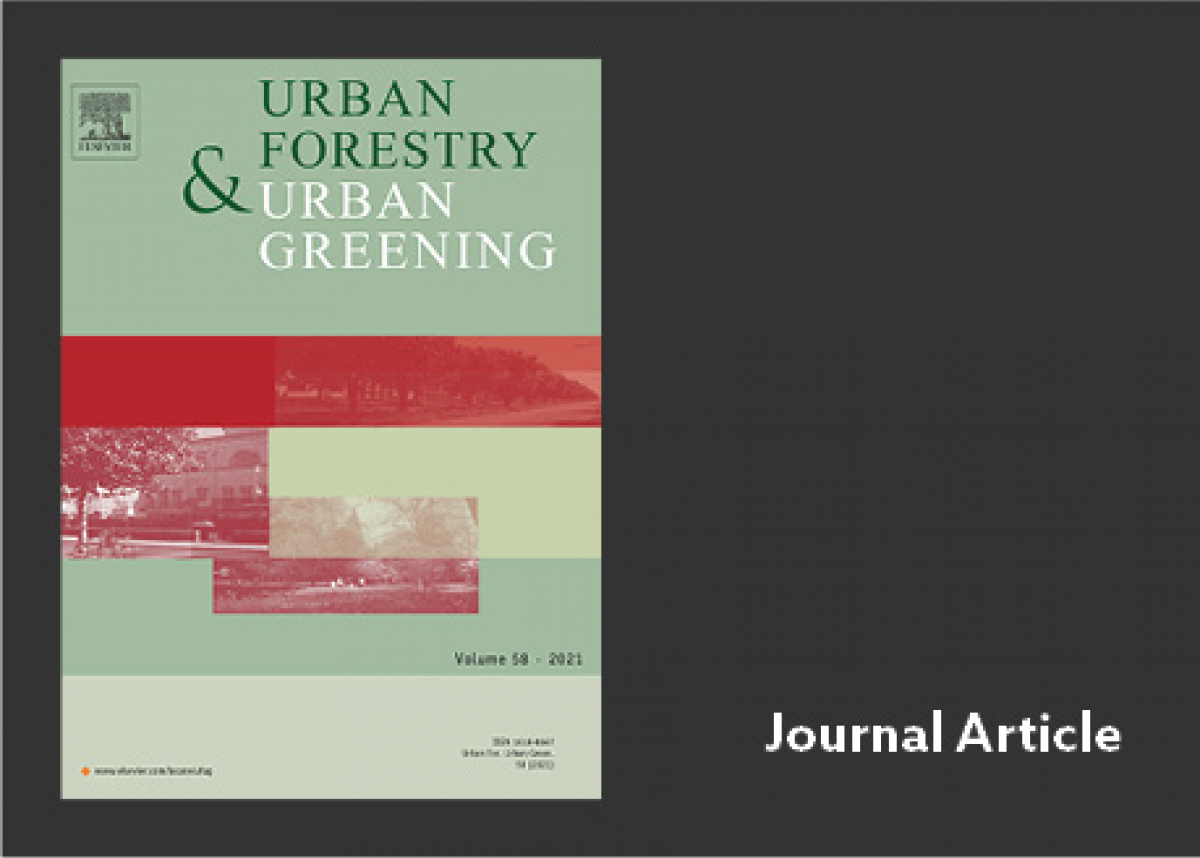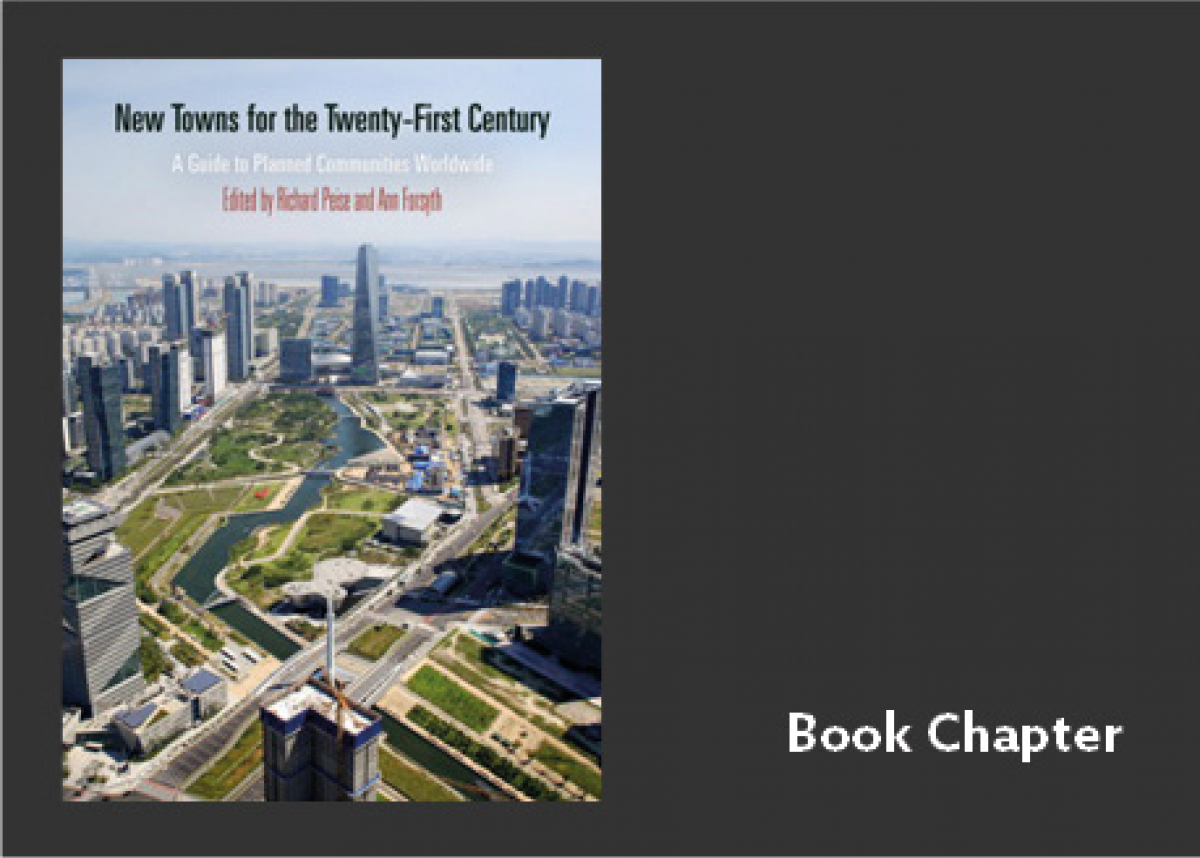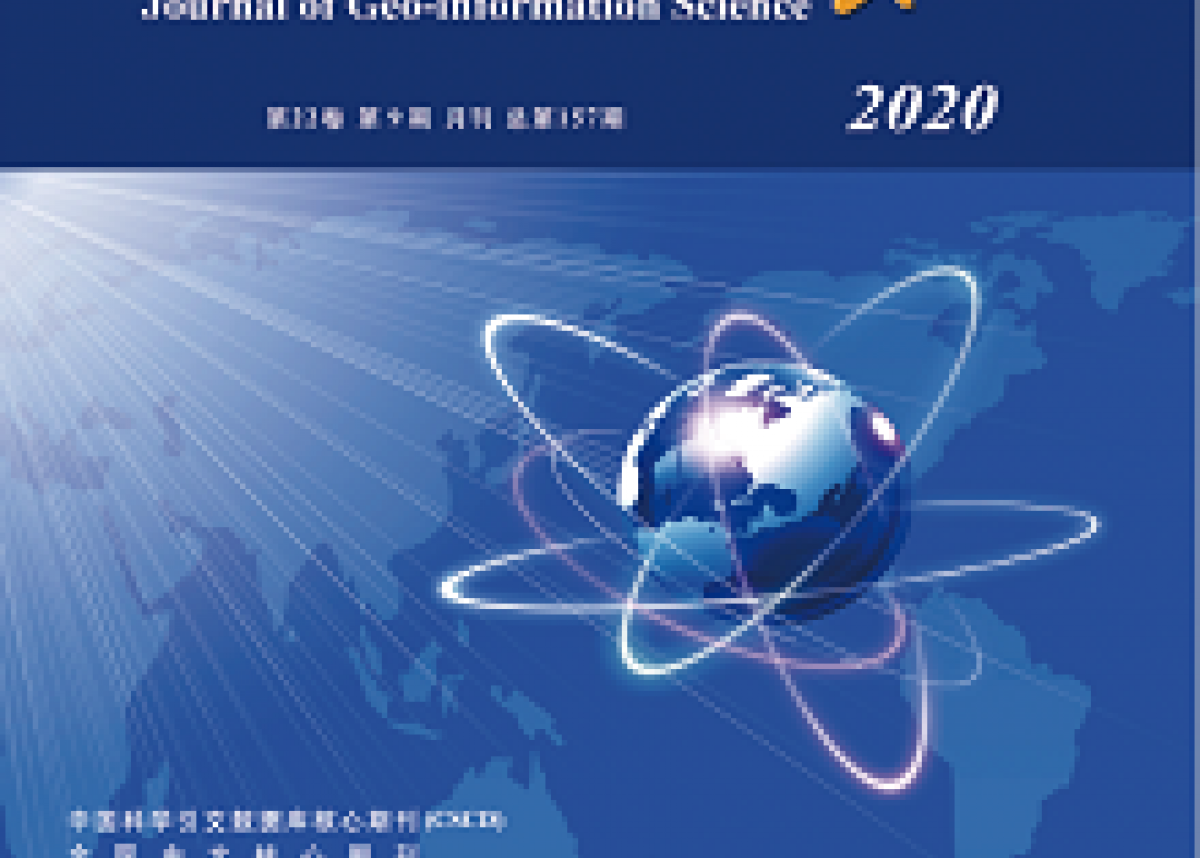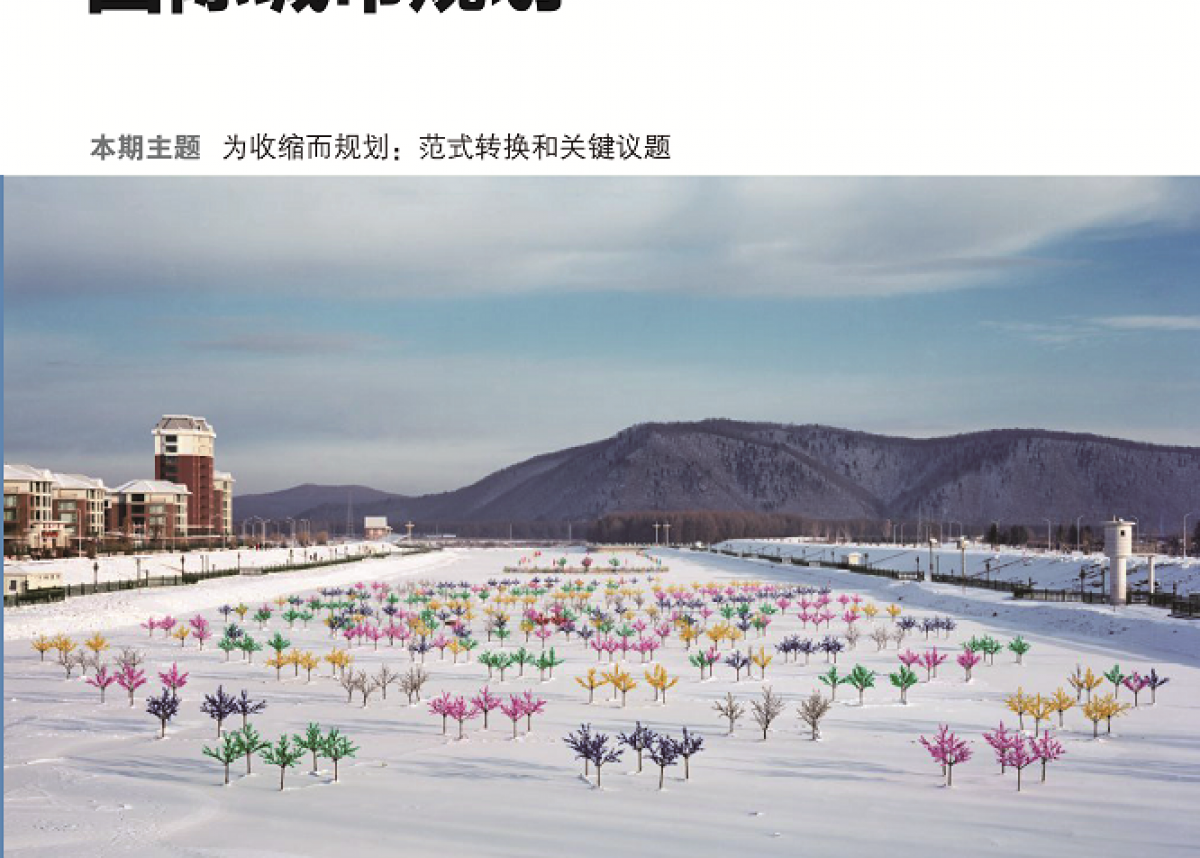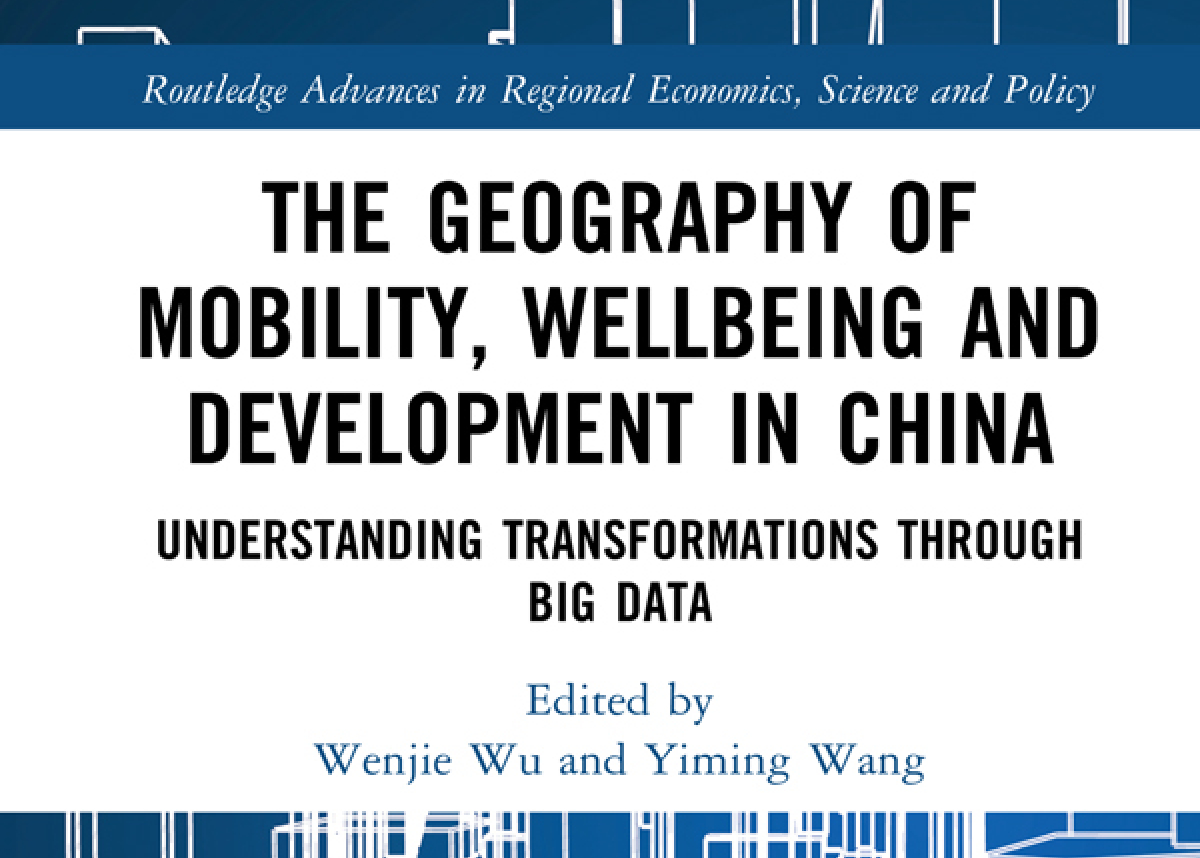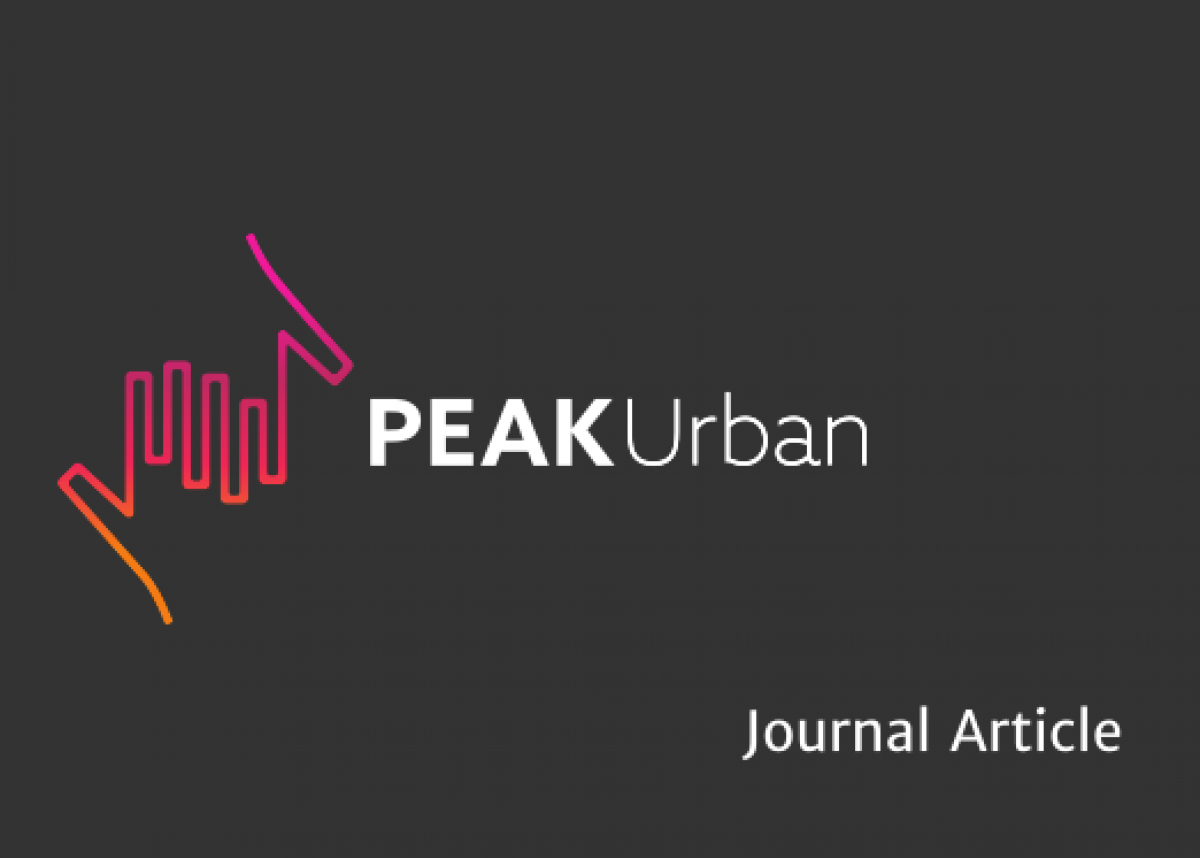
THE CHALLENGE
In the early 20th Century, planning methods used Euclidean distance to measure neighbourhood catchment areas. By the late 20th Century, network distance measure gained its popularity. These catchment areas measures are based on the assumption that people are using the closest facilities that they have access to. However, actual catchment areas can be affected by many other factors such as social capital cultivation, cultural adaptation, climate and seasonal variation, and park function and facilities provided, etc. The actual catchment areas are difficult to measure with tracking devices and individual travel-activity data.
OUR APPROACH
Since the turn of the millennium, the emergence of big data provides inspiring potentials to examine urban mobility at low cost and a large scale such as social media and crowdsourcing data (Cao et al, 2015; Zhai et al, 2019), Internet of Things (IoT), traffic and vehicular data, and mobile application data (Evans-Cowley and Kitchen, 2011). Among the variety of big data, real time location data has been used to aid a variety of planning activities and research objectives.
Our research applies mobile signalling data containing positional information to delimit urban amenities’ service areas. We use real time location of mobile signalling data instead of mobile base station, to improve accuracy of delimit urban amenities catchment area and accuracy of identifying facility user home locations. We are also conducting a longitudinal study using weekdays and weekends data across four seasons of the year.
LATEST DEVELOPMENTS
A series of publications (see below) have highlighted how new mobilities come to structure a new sense of the relationship between the whole city and its constituent neighbourhoods. Conventional urban thinking made sense of urban ecology through a pattern of hierarchical, distributed and discrete geographical neighbourhoods that at times defined and structured the sub-city scales of urban governance.
However, new urban science, drawing on data analytics in real time, allows us to understand how ‘real neighbourhoods’ are shaped behaviourally through the time geographies of large numbers of people accessing open space, ordering food, moving around the city or communicating with friends. Moreover, residents’ emotional, neighbourhood social structure, and quality of life are also incorporated into the discussion through artificial intelligence, space and time computation, and sentiment analysis. This might suggest novel ways of thinking about the relationship between the whole city and its constituent ‘parts’, and innovative ways of organising local structures of governance which reflect the multi scalar realities of neighbourhood formation and evolving mobilities when planning the contemporary megacity and urban networks.
People

